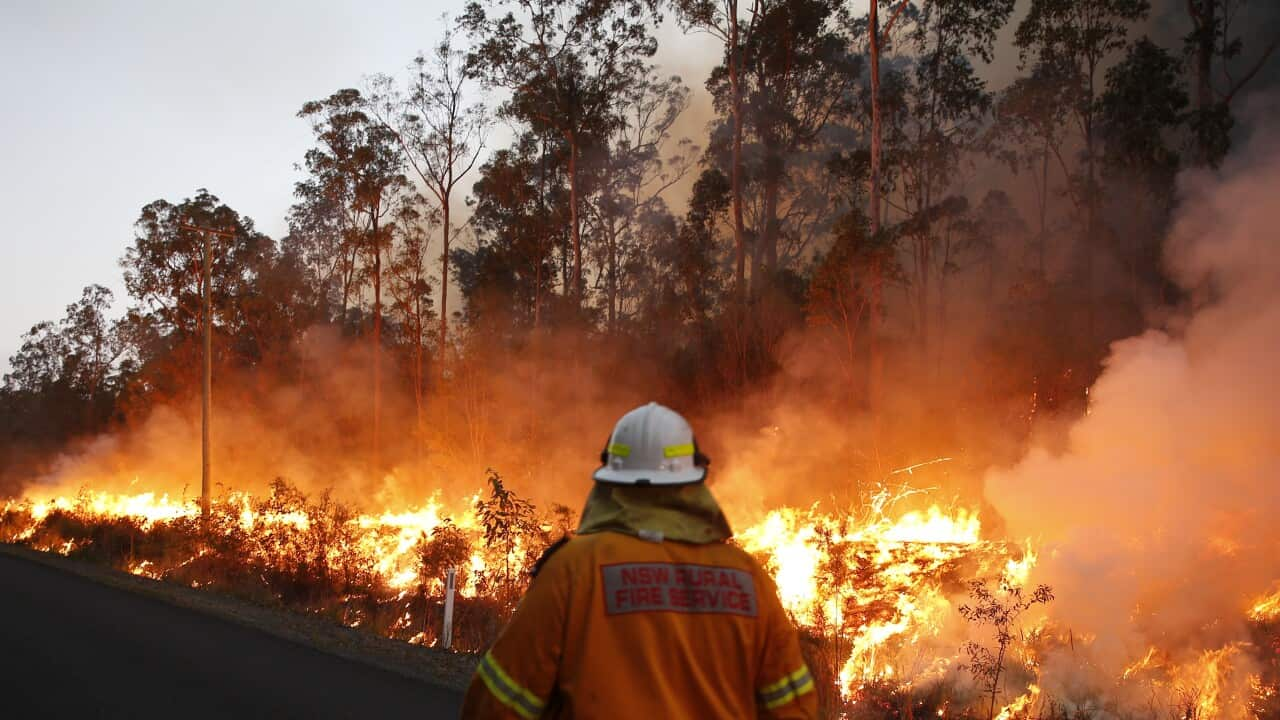Beyond Conformity: Enhancing Building Safety And Security with a Thorough BAL Report Evaluation
Beyond Conformity: Enhancing Building Safety And Security with a Thorough BAL Report Evaluation
Blog Article
Ensuring Bush Fire Security Through Appropriate BAL Record Evaluation
In the realm of bush fire security, the precise analysis of Bushfire Attack Level (BAL) records stands as a keystone for guarding buildings versus the devastating impact of wildfires. With environmental variables and home attributes playing considerable duties in identifying the degree of threat, a thorough understanding of BAL rankings ends up being necessary. The genuine significance exists not simply in understanding these records but in decoding them efficiently to develop tailored fire defense techniques. By delving right into the significance of BAL record evaluation, we reveal a realm where educated decisions lead the path in the direction of bolstering residential property safety and strength in fire-prone regions.
Recognizing Bushfire Strike Level (BAL)
In the realm of bushfire security, understanding the Bushfire Attack Level (BAL) is extremely important for making sure effective reduction approaches. Recognizing the BAL rating of a residential property is essential for residential property builders, policymakers, and owners to apply ideal measures to protect against bushfire dangers.

Importance of BAL Report Analysis
An important aspect in bushfire protection planning involves the thorough analysis of BAL records to analyze the possible threats and establish proper mitigation methods. BAL reports supply critical details concerning the possible influence of bushfires on a residential property based upon different aspects such as greenery type, range to possible fire threats, and incline of the land. Examining these reports with precision is paramount in developing effective bushfire defense procedures tailored to the particular danger profile of a building.
Executing Fire Protection Actions
Implementing reliable fire security steps is important for protecting residential properties in bushfire-prone areas. One of the primary ways to boost fire defense is by producing defensible area around buildings. This entails cleaning combustible plants, such as dry fallen leaves and branches, within a specific radius of the building. In addition, setting up fire-resistant roof materials can help in reducing the threat of cinders stiring up the roofing throughout a bushfire. Appropriately maintained seamless gutters and screens are also important to stop particles accumulation that can fuel click this site a fire.
Furthermore, having a ample and well-kept water supply, such as a tank or swimming pool, can help firemans in their efforts to shield the property. BAL Report. Generally, executing a mix of these fire protection procedures can dramatically enhance the chances of guarding buildings throughout bushfire events.
Mitigating Threats in Fire-Prone Locations
To fortify properties against bushfire risks, a calculated focus on mitigating dangers in fire-prone areas is important. One important element of threat reduction is keeping defensible space around residential properties by getting rid of flammable plants, ensuring adequate spacing in between frameworks and trees, and utilizing fire-resistant landscape design practices.
Additionally, constructing or retrofitting structures with fireproof materials and ensuring correct maintenance of roofing systems, gutters, and exterior cladding can considerably enhance the home's resilience to bushfires. Exercising a bushfire and creating emergency strategy with all occupants, including discharge treatments and interaction methods, is also essential in mitigating dangers efficiently. By adopting an aggressive approach to run the risk of reduction in fire-prone areas, homeowner can better safeguard their properties and boost overall bushfire preparedness.
Ensuring Residential Property Safety and Durability
Making certain the security and durability of buildings this link in fire-prone locations calls for an unwavering dedication to robust safety nets and critical preparation. Property safety starts with implementing effective actions to decrease fire dangers. This includes preserving a defensible area around the property by removing combustible plants, guaranteeing appropriate upkeep of rain gutters and roofings, and making use of fireproof structure materials. Regular maintenance of firefighting devices, such as pipes and lawn sprinkler, is additionally crucial to home strength.
Strength, on the various other hand, involves the capacity of a property to recuperate and withstand from a bushfire. By proactively addressing these facets, home owners can better shield their possessions and enjoyed ones from the hazard of bushfires.
Verdict
To conclude, making sure bushfire protection via proper BAL record analysis is crucial for recognizing the degree of risk postured by bushfires and implementing needed fire security steps. By mitigating threats in fire-prone areas and making sure residential property safety and strength, individuals and areas can much better plan for and respond to bushfire occasions. It is crucial to focus on fire precaution to shield lives and home in these risky atmospheres.
In the realm of bush fire defense, the meticulous analysis of Bushfire Assault Degree (BAL) records stands as a keystone for securing properties versus the terrible influence of wildfires (BAL Report). Recognizing the BAL score of a building is crucial for home proprietors, contractors, and policymakers to implement proper steps to secure versus bushfire dangers

BAL reports supply crucial information regarding the possible effect of bushfires on a property based on various useful reference elements such as greenery type, distance to prospective fire dangers, and incline of the land (BAL Report). Generally, applying a mix of these fire defense actions can significantly increase the chances of safeguarding residential or commercial properties during bushfire events
Report this page